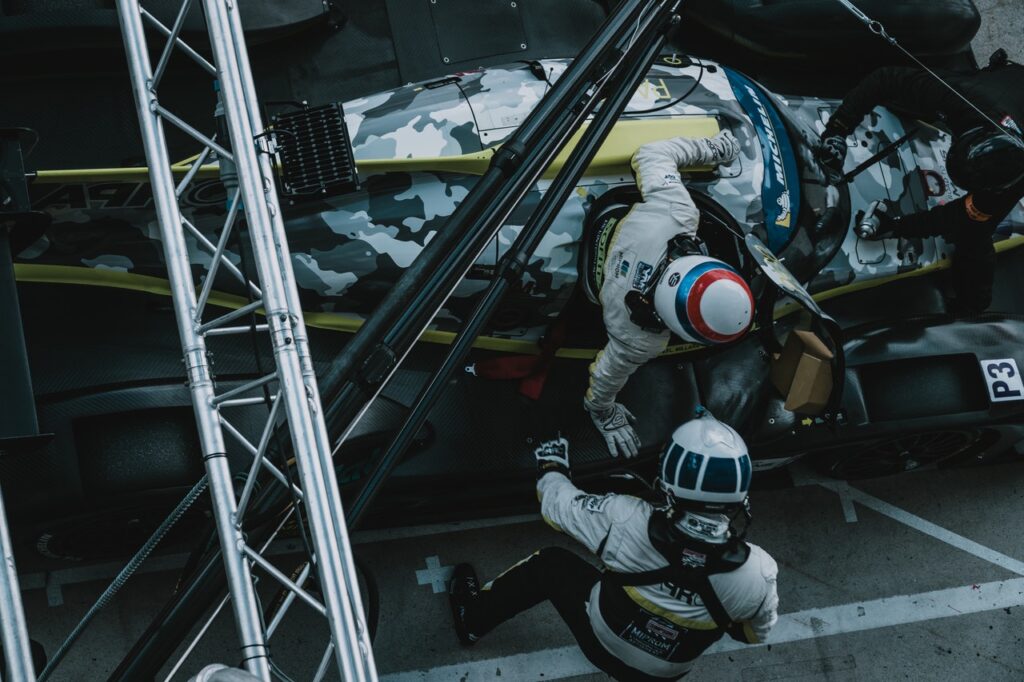
Each season, many Formula One teams will try new inventions and make innovative changes to their vehicles, attempting to sidestep the sometimes restrictive rules that attempt to keep the sport as exciting as possible whilst also ensuring the safety of F1 drivers.
The Turkish Grand Prix made its way back on to the F1 calendar in 2020 after a nine-year hiatus. This was originally planned to be a one-off special event, however, the cancellation of the Singapore Grand Prix has led to Istanbul appearing on calendar for the second year in a row.
Could we see the Turkish Grand Prix make a permanent return to the sport of F1? Some fans clearly hope so, with many people online stating that the Intercity Istanbul Park circuit is one of the most exciting on the 2021 calendar.
When Lewis Hamilton won the 2020 race for Mercedes he claimed his seventh world title, equaling the record held by Michael Schumacher. Max Verstappen is currently the favorite to win the 2021 race with odds of -125, though Hamilton is not far behind at +140, according to Unibet, one of the best sports betting sites available to place a bet on your favorite driver.
About Technological Advances and Formula One
The rules that govern the sport of F1 are constantly changing as technology advances and changes are made to the cars. The aim of those making these changes is to balance the performance of the vehicles and maintaining a reliance on the skill of each driver, whilst also keeping the races safe and entertaining for those who are watching.
Were this not the case, it is likely we would have seen all kinds of driver-assistance technology incorporated into the cars by now. Whilst this might make things a little safer for the drivers, it would eventually lead us to the stage where the logical question to ask would be: why keep the drivers in the cars anyway?
Even with drivers remaining in place, people have described F1 as a “technological arms race” ever since its inception until the present day. Without drivers, F1 would cease to be a true motorsport altogether. Here’s a few examples of technology that has undoubtedly had a huge effect on the sport of F1:
Braking/Performance: Kinetic Energy Recovery
Forming the basis for the regenerative braking systems found in many modern electric vehicles, KERS was a hybrid technology that took a while to catch on in F1. KERS first appeared in 2009, when four teams had it installed in their cars.
The other teams quickly noticed that by converting waste energy from braking into a power boost for up to six seconds per lap, they were quickly falling behind. By 2013, KERS was installed in every car on the starting grid and has evolved into a more modern iteration – ERS – in recent years, which provide up to 10x more brake-horsepower (800bhp).
Handling: Tuned Mass Dampers
This technology was previously more common on space vehicles than motor cars, giving rise to F1 being called “The NASA of motorsport”. Tuned mass dampers – in their on-the-ground-configuration – were held in a sprung weight enclosed within the nose of the car, decreasing the amount of pitching and movement experienced by drivers as each vehicle made its way over bumps, around corners, and when mounting the kerb.
Tuned Mass Dampers were first brought into the sport by Renault in 2005, before quickly being copied by many other teams the following year. The F1 regulatory body decided that the system had too large an effect on the handling of the cars, and eventually banned it, but a version of the technology is common on many high-end road vehicles today.
Performance: Turbochargers
Also known as forced induction engines, the turbocharger was allowed when F1 first launched in 1961 but was banned in 1965 as cars became too fast for drivers to safely handle on many circuits. The technology was eventually allowed once again, leading to the first turbo car win by Renault in 1979. By 1986, turbochargers were fitted to every car on the grid.
Unfortunately, despite changes in regulations the turbochargers were quickly making the cars “too hot to handle” once again, with qualifying power deliveries of over 1,000bhp becoming common before the technology was once again banned in 1989.
In recent years, the regulations have changed once again, with smaller, less powerful 16L V6 engines being mandated from 2014. This has once again meant that turbochargers have been allowed in the sport, but for how long?